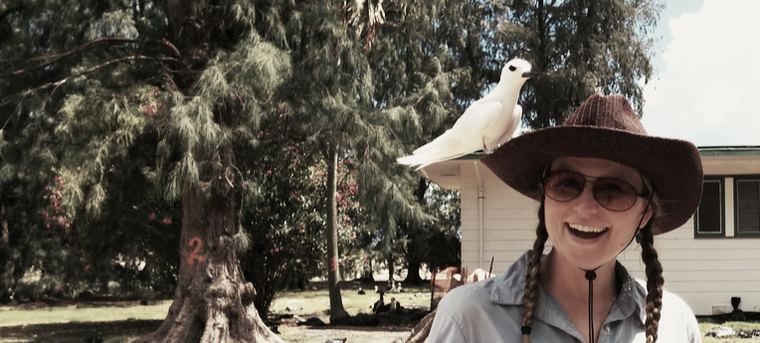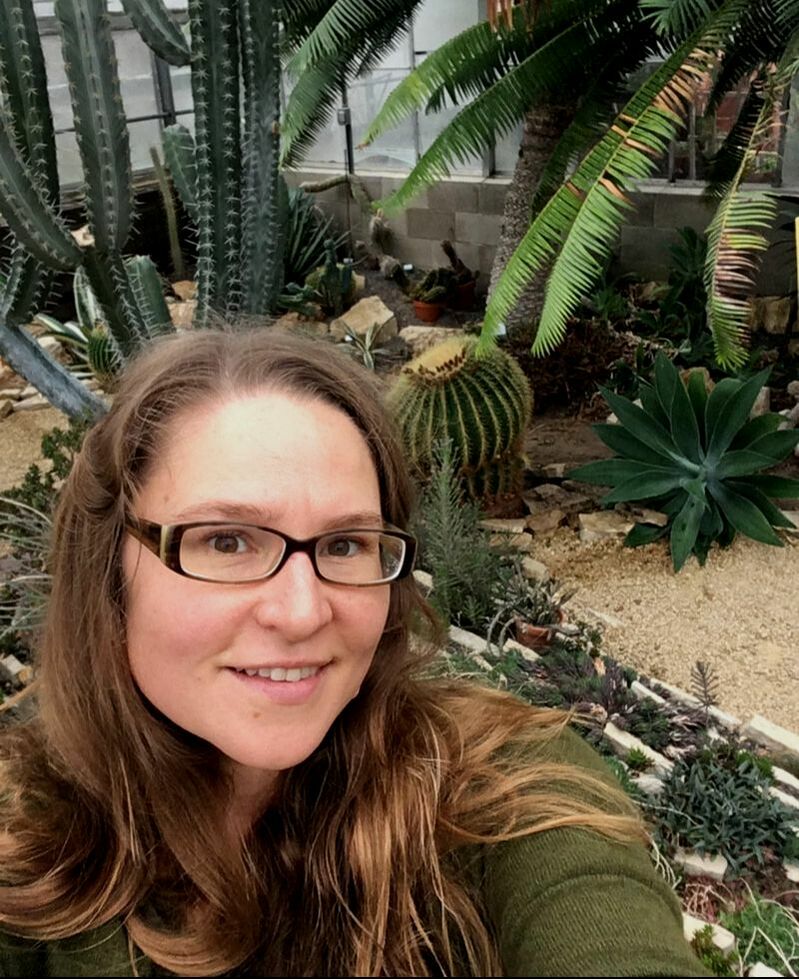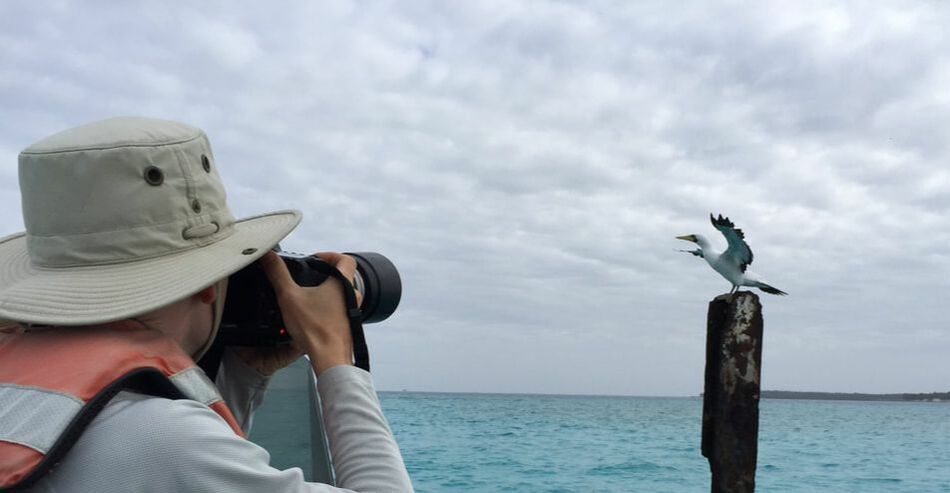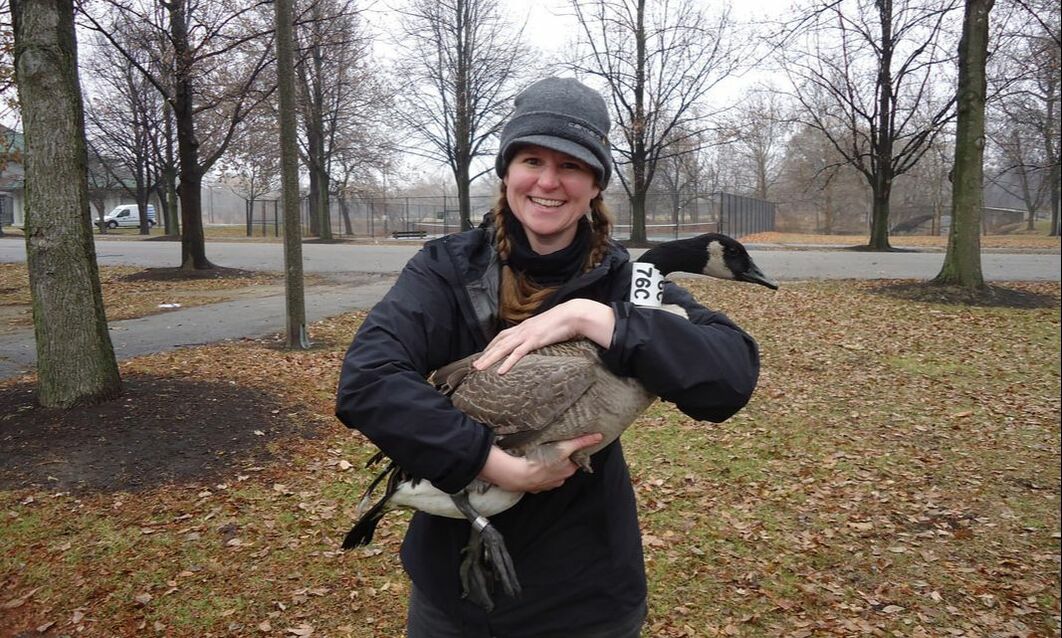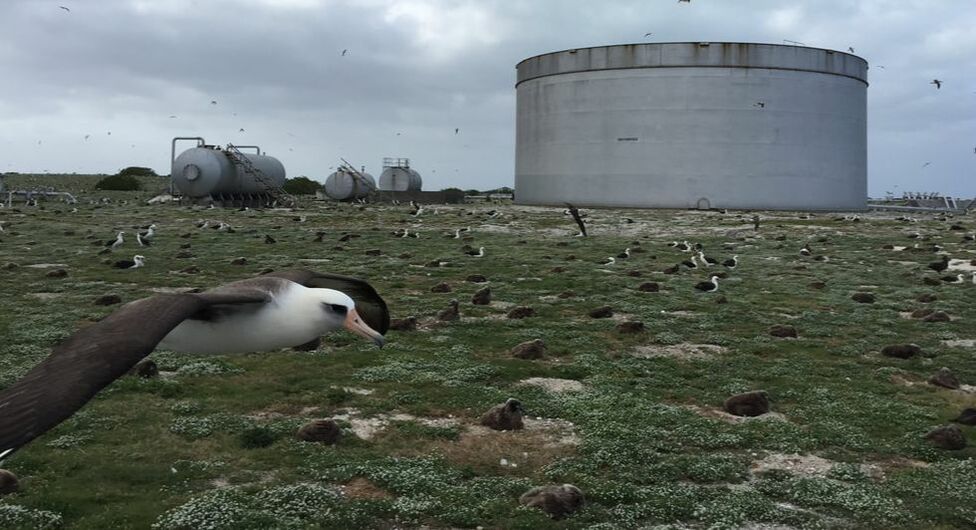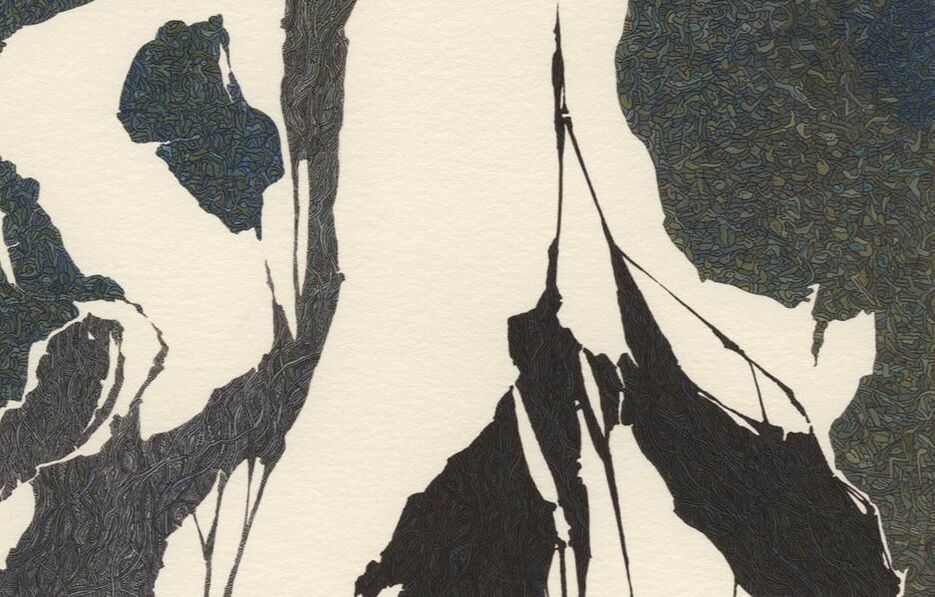ABOUTMy passion is the interconnectedness of ecology and society. It is vitally important to see these connections. Everything we need to survive comes from this living planet. Furthermore, it is essential that caring for our planet is radically inclusive. What most excites me is when experiencing ecology gets us talking to each other.
|
CONSERVATION & CITIESI’m interested in how people connect with the natural world, and how those connections change when we live in cities. Humans have always altered our environments, changing the plants, wildlife, and landscapes that we have access to in daily experience. Such changes can be extreme within cities. Living in cities can shift our sense of what is natural. All the while, our city lives affect distant places where we grow food, extract and transport resources, and dispose of trash. Those far away places can seem invisible to us because we do not directly experience them.
When we have limited experience of wild places and the changes taking place there, it negatively impacts our environmental literacy and environmental ethos. This, in turn, hampers our ability to create cultures of sustainability. This is why I work in conservation biology, an area of science that helps us protect species, habitats, and ecosystems. I approach conservation from many angles, having also worked in art, museums, and community participation. |
FOCUS ON BIRDSI have worked on several projects about birds. I particularly enjoy how birds surprise us, providing spontaneous opportunities to observe animals interacting with their environment. Even within large cities, some bird species are abundant. Moreover, birds are relatively easy to observe birds because they fly, sing, and are frequently active during daytime.
|
BIRD DIVERSITYBirds are diverse. Depending on where we live, different communities of bird species are present and available for us to notice. Within core urban environments, a handful of common species tend to dominate the bird community. For example House Sparrows, Rock Pigeons, European Starlings, American Robins, and Canada Geese. The flip-side of this abundance is a reduced diversity (or species richness), and that is one theme in my research.
|
SENSE OF PLACENoticing nature is important for a sense of place. In turn, nature's flourishing contributes to a sense of pride in where one lives.
Regardless of which animals and plants live in one's environment, observing nature engages one's senses. Such attention to nature leads to thoughtful endeavors, such as science, art, and reflecting on one's place in the world. |
CREATIVE PRACTICEIn addition to being a scientist and museum worker, I am also an artist. My artwork explores themes from biology, often borrowing visual patterns from nature. I also make art in response to human activities that disrupt natural systems. For example, how will climate change affect trees in our neighborhoods? Or, how does plastic waste in our environment change over time? And how does plastic waste get from one place to another?
|
Copyright Abigail Woods Anderson, 2024
Bird favicon by Ho Ching of the Noun Project
Bird favicon by Ho Ching of the Noun Project
